
Developer: Frogames
Publisher: Indienova, Goblinz Digital
Platform: Switch, PC, Mac, Android, iOS
Tested on: Switch
Farabel – Review
Once upon a time, there was a turn-based strategy game involving noble knights in shining armor and foul orcs. This game tried to be different from similar games by implementing a unique twist to its mechanics. The name of the game was Farabel. Read on to find out if it succeeded in standing out from the crowd.
Story
Farabel begins at the end of a long and bloody war between humans and orcs. During the final battle of this epic conflict, things are looking bleak for the human forces. Cendor, the human king, believes all is lost. In a final gambit, he orders the High Priestess to cast a spell that turns back time. Unfortunately, she’s a bit rusty and can’t recall the spell instantly. She does remember it but at the worst possible time: just as Cendor is about to slay the leader of the orcs, the spell is cast and time is wound back.
Short animated sequences bring the world of Farabel to life and do a decent job of explaining the events. The story itself is a light-hearted affair, with plenty of humor and amusing bickering in the dialogues. The Memento-style structure of the story is as intrinsically tied to Farabel as the mechanics are: This is a story about time-travel gone wrong after all. Despite the time-travel hook, though, the story never really surprises the player and hits all the beats you’d expect. It’s a bit of a conundrum: there is nothing intrinsically wrong with the story, and it seems to do everything right, but the lack of surprising twists also makes it feel less engaging.
Graphics
The character designs in Farabel are quite simplistic, in a good way. These characters look like they jumped straight out of a storybook. The low-poly visual style should appeal to most audiences, although it does diminish how serious the in-story events are to these characters. After all, in essence, this is still a story about blood, gore, and war. It should be noted that with the designs looking rather similar to one another, and no option to zoom in, it’s sometimes difficult to differentiate between your units. Also of note is that while the character designs are appealing, the barebones maps are not. These could have benefited greatly from more detail, but as it stands, the maps are plain and unexciting, and they drag down the entirety of the visual package that Farabel has to offer.
Sound
There isn’t a lot that can be said about the sound design here. The music is suitable to the point of feeling cliché, but doesn’t stand out. There’s no voice acting either -given the storybook-like presentation this shouldn’t really bother anyone but it’s worth pointing out.
Gameplay
At first glance, Farabel looks like your bog-standard turn-based strategy game in a fantasy setting. This kind of game is typically a dime-a-dozen affair, but fortunately, Farabel manages to stand out through a unique twist. The concept of time-travel forms the basis for interesting mechanics that make the game feel different from other turn-based strategy games. The individual maps -thirteen of them- offer a relatively standard experience, where you take control of units on a grid and take turns in order to clear a map of enemies and secure objectives. Apart from an on-map time-rewind mechanic -more on that later- Farabel doesn’t really do anything different here. The interesting stuff happens between the levels. After clearing a map, you are sent back in time a little further, to a different key point in the aforementioned human-orc war. Because you are going back in time, your army is actually becoming less experienced, and as such, you are leveling down rather than leveling up. As you progress through Farabel, your units actually become weaker and less skilled. At the beginning of the game, your units are actually at their strongest, with their full skill-set and strongest weapons unlocked, but the progressive downgrades offer a non-standard approach that plays with difficulty levels in a surprising way. When you level down, you also manually pick which stats that you are downgrading, so there is still a feeling of control.
The battles themselves are a relatively smooth and fast-paced affair. On-screen information is kept to a bare minimum so you don’t need to worry about navigating through cluttered menus either. You’re given a decent selection of unit types, each with their own specialties and perks. Cavalry will do bonus damage on the charge, for example. Adding an extra level of depth is the aforementioned on-map time-rewind mechanic. Using this, Cendor can rewind a unit’s action for the turn, allowing them to move and attack again. This is an incredibly powerful ability but it can only be used up to three times per map to avoid abuse.
Farabel does suffer from some serious issues when it comes to the maps themselves. Battles are usually small skirmish affairs with no more than a dozen units on each side. Fog of war is ever-present, and the game repeatedly uses this to ambush your units. Combine this with the fact that you can’t save your game mid-battle and you’re left with a game that tries to increase its longevity -remember, there are only 13 maps- by forcing you to replay maps over and over again, as you try to figure out how to beat them. At times, the game feels ridiculously unfair but soon enough you’ll learn where enemies are hiding in the fog, and you can plan accordingly. Another glaring issue is that units for each battle come pre-selected, so you cannot choose who will be joining Cendor on the battlefield. Given the time-traveling nature of the story, this makes sense of course, as characters would be joining at various points in the story in a linear version. The downside to this is that you’re never really bonding with your units -with the exception of Cendor himself- and that your units have no real character development to them. Once you finish the campaign, other game modes become available. Apart from daily challenges, you can build a new army from scratch and then use this army in either a series of battles, or against a never-ending stream of enemies in survival mode.
Conclusion
Farabel is good, but not great. The time-traveling mechanic is well thought-out and offers a tactical challenge that is more than a gimmick and works surprisingly well, and the post-game content ensures that you do get your money’s worth. However, the trial-and-error based map design in the main campaign can be unnecessarily frustrating. If you can look past this issue, Farabel is definitely worth checking out.
Farabel - Review,
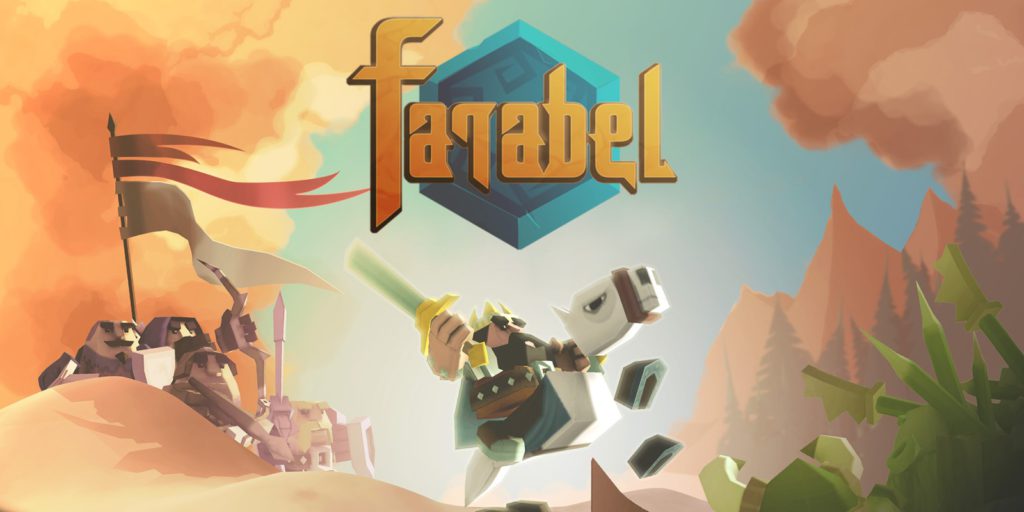
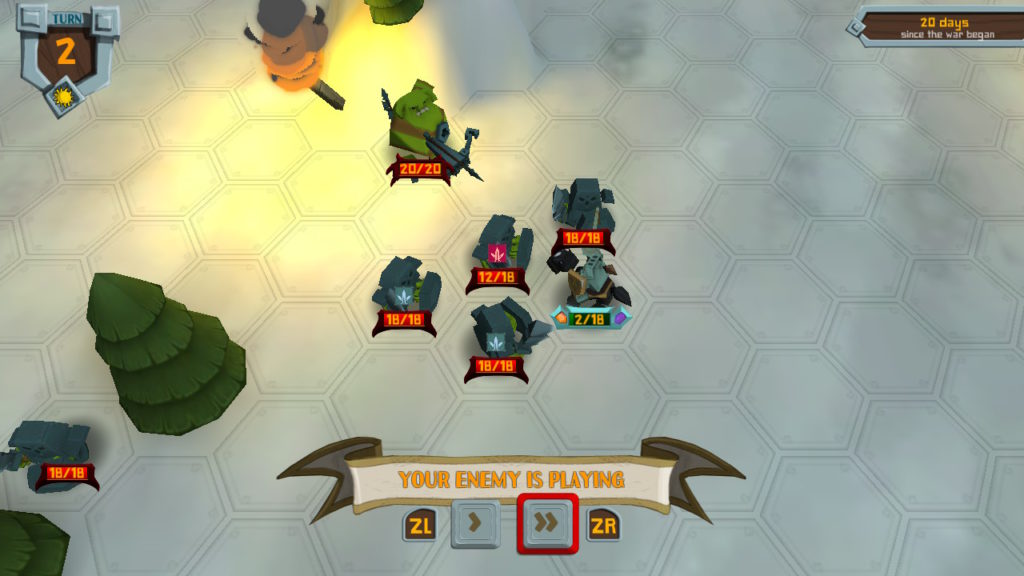
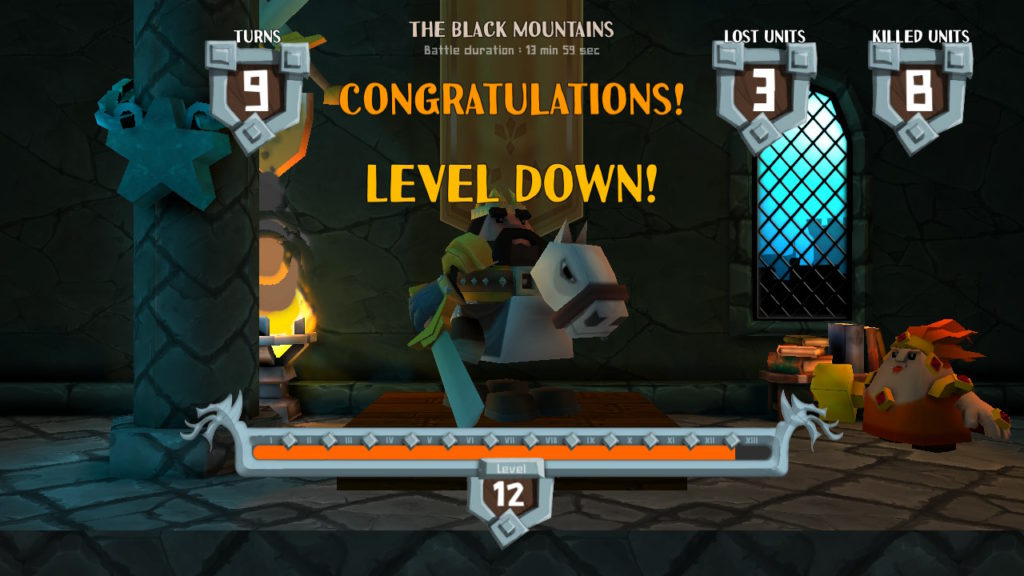
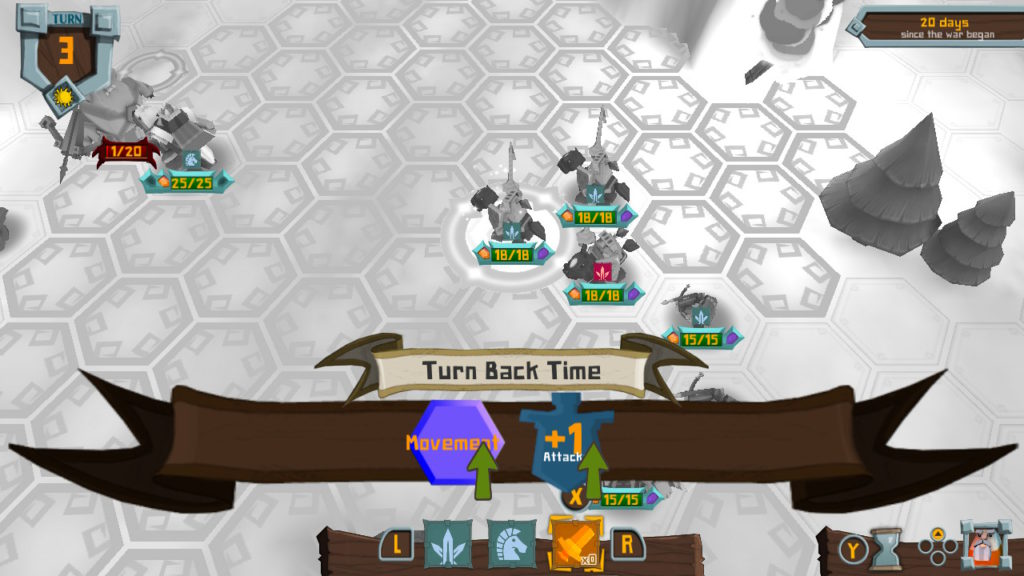
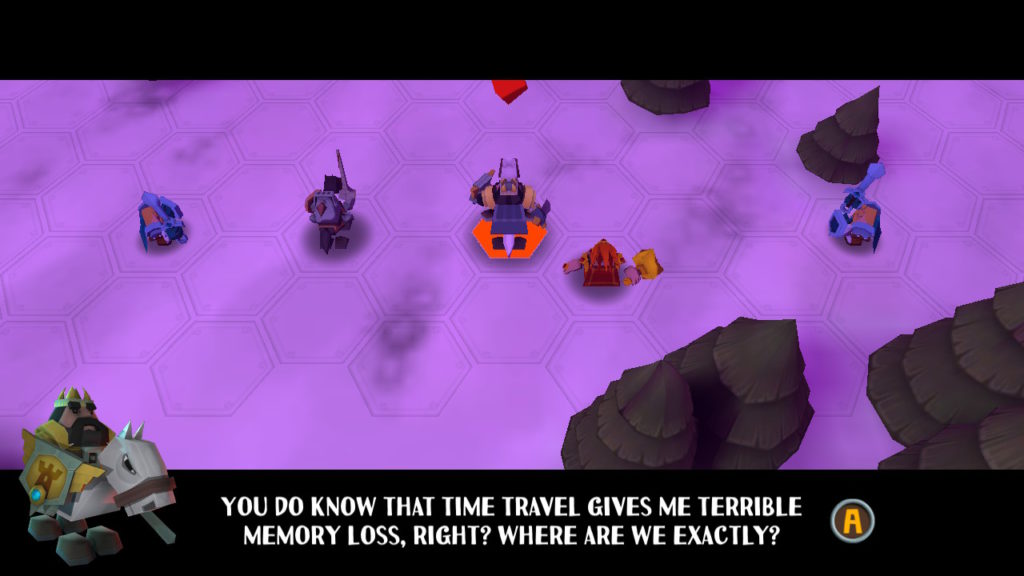


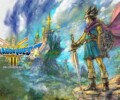

No Comments